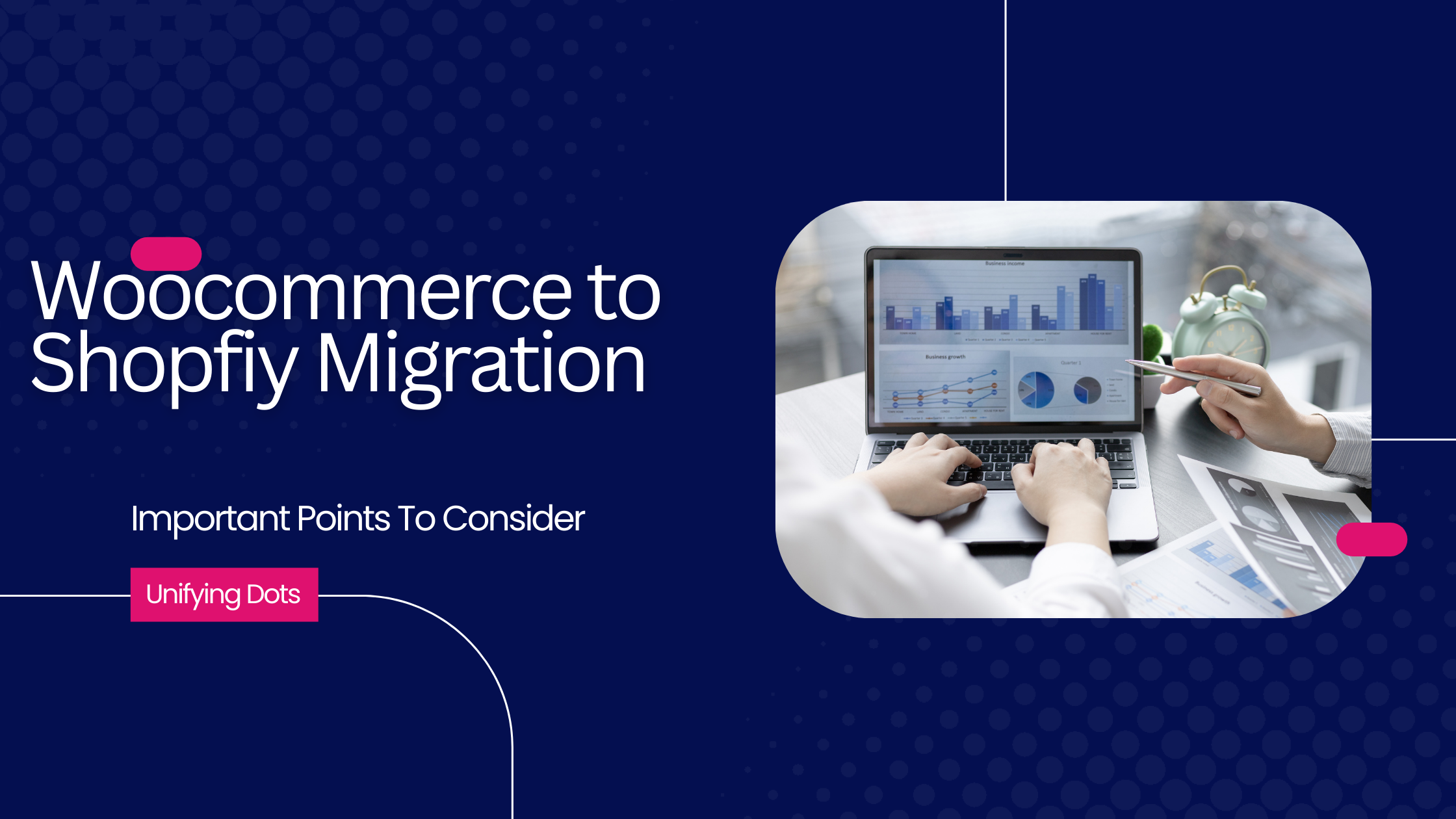
As your online business evolves, evaluating whether your current e-commerce platform aligns with your expanding needs is essential. Two prominent platforms to consider are WooCommerce and Shopify, each offering distinct advantages and potential drawbacks.
Understanding WooCommerce and Shopify
WooCommerce is a free, open-source plugin designed for WordPress, enabling users to transform their websites into online stores. Its flexibility and extensive range of plugins make it a popular choice for many. However, this flexibility can lead to complexities, especially for those without technical expertise. Managing multiple plugins and ensuring compatibility can become cumbersome as your business grows.
In contrast, Shopify is a comprehensive, subscription-based e-commerce solution that offers a user-friendly interface and robust support. With various pricing tiers, Shopify caters to businesses at different stages, providing built-in features that simplify store management and scalability. Its centralized support system ensures that assistance is readily available, streamlining the troubleshooting process.
Why Consider Migrating to Shopify?
While WooCommerce offers a high degree of customization, it often requires significant technical know-how to manage effectively. As your business expands, the need for a more streamlined, scalable, and user-friendly platform becomes paramount. Shopify’s all-in-one approach reduces the complexities associated with managing multiple plugins and provides a stable environment for growth.
Key Aspects to Address During Migration
Data Migration
Migrating your store isn’t just about switching platforms; it’s about ensuring a seamless experience for your customers. This means transferring all critical data, including products, collections, customers, and order histories. To achieve this, we take a hybrid approach, combining manual efforts with automated scripts. For example, customer accounts are recreated in the background, and customers receive an email prompting them to reset their passwords. Once done, they’ll find their past orders intact on the new Shopify platform, ensuring continuity and building trust.
URL Preservation with 301 Redirection
Maintaining your search engine rankings and avoiding broken links is critical during migration. By implementing 301 redirects, we ensure that every page from your WooCommerce store points to its corresponding Shopify URL. This process safeguards your SEO efforts and guarantees that customers can find the content they’re looking for without encountering errors.
Design Decisions
One major decision when migrating to Shopify is how your store will look. You can stick to the current design for familiarity, create a fresh, fully customized design using tools like Figma or Adobe XD, or opt for a ready-made Shopify theme tailored to your needs. Custom designs allow you to elevate your brand’s identity, while ready themes offer a quicker, cost-effective solution. Whatever you choose, Shopify’s flexibility ensures you can achieve a professional and polished look that resonates with your audience.
Transitioning to Shopify can provide your business with a more robust and scalable platform, equipped to handle increased traffic and sales volumes. Its user-friendly interface and comprehensive support can alleviate the technical challenges often associated with WooCommerce, allowing you to focus on growing your business.
For detailed guidance on migrating from WooCommerce to Shopify, Connect with Unifying Dot’s Platform Migration team for FREE audit of your website and FREE guidance.
Connect with Unifying Dots
Connect and share your ideas to get the best technical solution from UD Team

